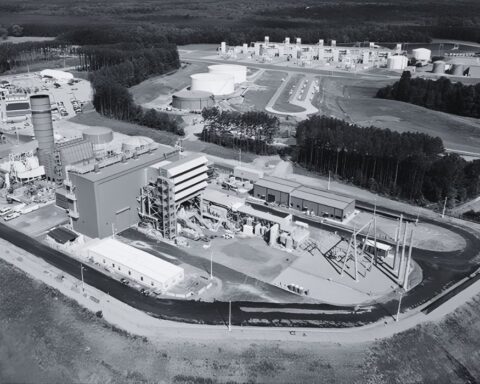In today’s world of increasing global resource scarcity, it is more important than ever to make efficient use of our limited resources. One way of measuring efficient resource use is to look at the level of economic output generated in relation to the amount of waste produced by an activity. This is the approach that Corporate Knights Capital has taken in establishing the waste productivity key performance indicator (KPI) for the Global 100 and Best 50 rankings. The waste productivity KPI is calculated by taking the revenues generated by a firm, and dividing it by the metric tonnes of waste generated. This allows us to compare companies of differing size and waste management processes.
However, a number of roadblocks to true comparability exist. First, the items that are included in the reported waste figure can vary from company to company. While the phrase “one person’s waste is another person’s treasure” suggests that differing interpretations of waste may be responsible, it is in fact usually the presentation of partial data that is the culprit. The Global Reporting Initiative’s (GRI) guidelines for reporting waste (the EN22 indicator) addresses this issue by calling for the estimation of waste weight data where actual data is not available. Given that a growing number of companies are adopting the GRI reporting framework, it is hopeful that a concomitant improvement in data quality will follow.
In addition, corporations still do not universally disclose this information. Less than a third of the world’s 4,000 large public companies (> US $2B market capitalization), currently disclose waste data. This is compounded by the variation in the level of waste data disclosed from company to company. While GRI’s EN22 indicator prescribes the disclosure of total weight of waste by disposal method (such as reuse, recycling, and landfill), many still only disclose the total waste figure. Thus, while it would be ideal to use waste sent to landfill in the Waste Productivity KPI (given that reused or recycled waste is not a waste of resources), it remains impractical to do so from a data availability standpoint, with less than an eighth of large public companies reporting that data.
But as disclosure levels improve over time, are there other waste disclosures that should be made? The answer may lie with the disclosure practices of a Spanish retailer. Inditex, more commonly known as the clothing retailer Zara, goes beyond standard disclosures to include a breakdown of dangerous waste produced such as batteries, oil filters, and contaminating metallic packaging. Many companies disclose the breakdown between hazardous and non-hazardous waste, but few detail the specifics. While it is certainly important to identify the unnecessary production of waste, it is perhaps even more important to detail the production of potentially harmful waste. Even though the production of such waste may be unavoidable, its disclosure serves to communicate the risks associated with a company’s operations and demonstrates management’s commitment to mitigate those risks.







